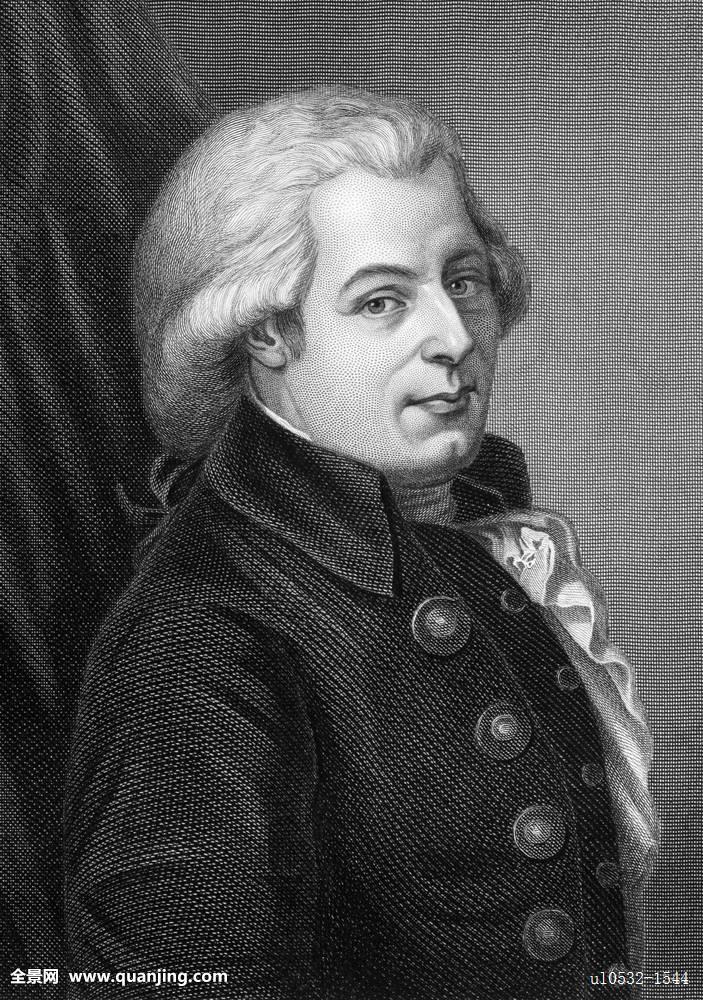A detailed introduction to the manors of the eight major coffee varieties
Among the types of coffee, Blue Mountain Coffee is the best coffee, produced in the Blue Mountains of Jamaica. The Blue Mountains surrounded by the Caribbean Sea, whenever the sun shines directly on the blue water, it reflects to the mountain and emits a bright blue light, hence its name. This kind of coffee has the characteristics of all good coffee, not only full-bodied and mellow, but also because of the perfect combination of sweet, sour and bitter coffee, it has no bitter taste at all, only a moderate and perfect sour taste. It is generally drunk on a single product, but because the output is very small and the price is extremely expensive, it is generally made with coffee with a similar taste on the market.
The second type of Colombian coffee is produced in Colombia. roasted coffee beans release sweet aroma and have the characteristics of sweet in acid and flat in bitterness. because of the appropriate concentration, it is often used in high-grade mixed coffee.
Santos Coffee, the third type of coffee, is mainly produced in Sao Paulo, Brazil. This kind of coffee acid, sweet and bitter is neutral, moderate concentration, with moderate sour taste, elegant and special taste, is the best preparation beans. Known as the backbone of coffee, a single drink also has a good flavor.
The fourth type of coffee, mocha, is produced in Ethiopia. Beans are small and fragrant, with strong sour and mellow taste, moderate sweet taste and special flavor. The washed coffee beans are well-known high-quality coffee, which are usually drunk separately, but if mixed coffee can be mixed, it is a kind of comprehensive coffee with ideal flavor.
The fifth type of coffee, Manning coffee, is produced in Sumatra, Indonesia. The sour taste is moderate, with a very strong aroma, the taste is bitter, but there is a strong mellow. Most coffee lovers drink on their own, but it is also an indispensable variety when mixing coffee.
Java coffee, the sixth type of coffee, is produced on the Indonesian island of Java and belongs to Arabica. After baking, the bitter taste is extremely strong and the aroma is very light, but there is no sour taste, which is loved by the Dutch. This kind of coffee beans are most commonly used in mixed coffee and instant brewed coffee.
The seventh type of Guatemalan coffee is produced in Guatemala. This bean belongs to bourbon coffee beans, is one of the more sour varieties, taste mellow and slightly wild, the most suitable for blending into mixed coffee.
The eighth type of coffee, Conna Coffee, is a coffee bean cultivated from lava in the Conna area of Hawaii. it has a strong, mellow taste and a slightly wine flavor. The selected Conna coffee has a moderate sour taste and a gentle and rich taste, as well as a unique mellow flavor, which is unforgettable for coffee lovers. At present, due to the decreasing production and the large market demand, the price of Conna coffee beans is catching up with that of Blue Mountain Coffee.

Important Notice :
前街咖啡 FrontStreet Coffee has moved to new addredd:
FrontStreet Coffee Address: 315,Donghua East Road,GuangZhou
Tel:020 38364473
- Prev

Barista skills: making Italian concentration time & grindness and Italian concentrated extraction
Time is the third most important element in the production of espresso. Here time refers to the extraction time, that is, from pressing the extraction key to pressing the stop extraction key. It also determines the success or failure of a cup of concentrate. If you use 20 grams of coffee powder to produce 50 grams of liquid, but you only use 10 seconds, then maybe this cup of concentrated will not taste very good. Now it takes between 22 and 40 seconds to extract and concentrate, and most of it
- Next

What kind of coffee tree is the gift from God? how many kinds of coffee tree are there?
Tasting coffee with excellent flavor, thinking about the issue of universal values, but forgetting the original appearance that was given by God, precious and needs to be cherished. Coffee beans are not born this way, they are crystallized through a lot of hard work. 1. Scientific name: coffe l 2, family name: Rubiaceae 3, genus name: coffee genus 4, origin: tropical and subtropical regions (Africa) 5, morphological features: characters
Related
- Beginners will see the "Coffee pull flower" guide!
- What is the difference between ice blog purified milk and ordinary milk coffee?
- Why is the Philippines the largest producer of crops in Liberia?
- For coffee extraction, should the fine powder be retained?
- How does extracted espresso fill pressed powder? How much strength does it take to press the powder?
- How to make jasmine cold extract coffee? Is the jasmine + latte good?
- Will this little toy really make the coffee taste better? How does Lily Drip affect coffee extraction?
- Will the action of slapping the filter cup also affect coffee extraction?
- What's the difference between powder-to-water ratio and powder-to-liquid ratio?
- What is the Ethiopian local species? What does it have to do with Heirloom native species?

